 borgo-italiaspecial report |


|
|
| the cathedral of Osimo (Osimo (AN) - Marche) |
| text by: borgo-italia [only desktop] - photo by: Massimo Zani |
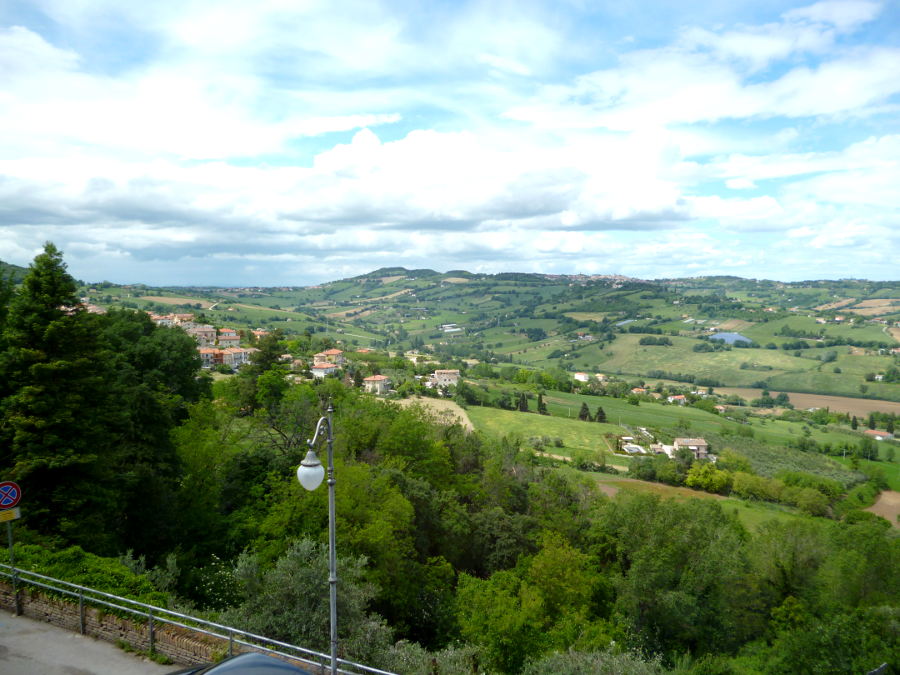
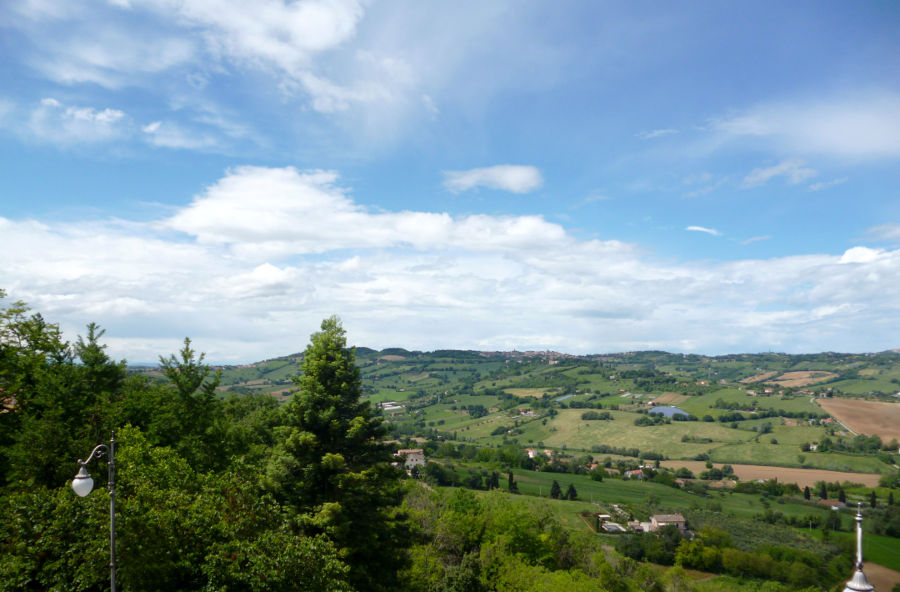
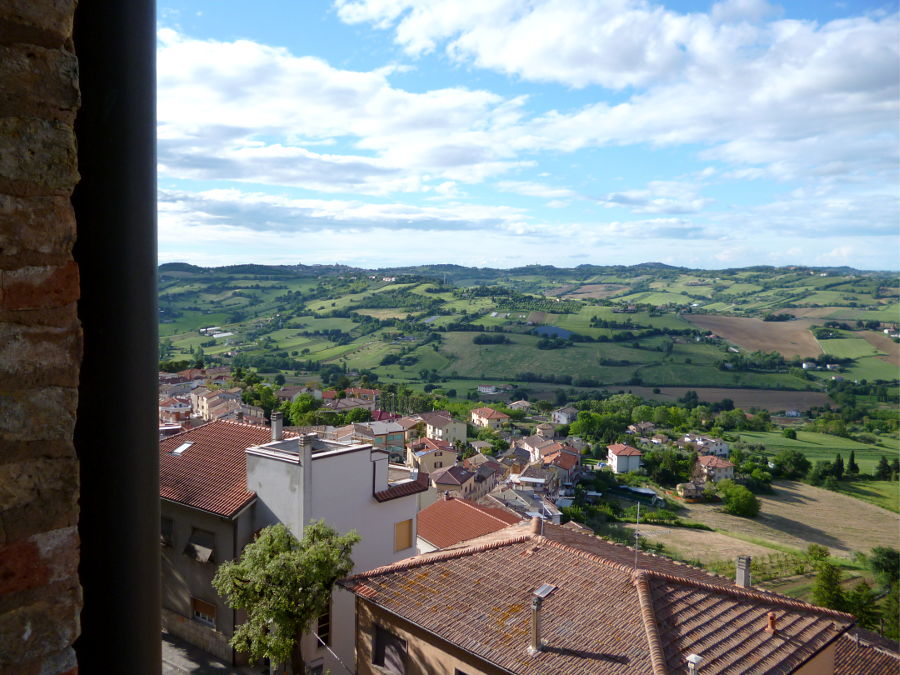
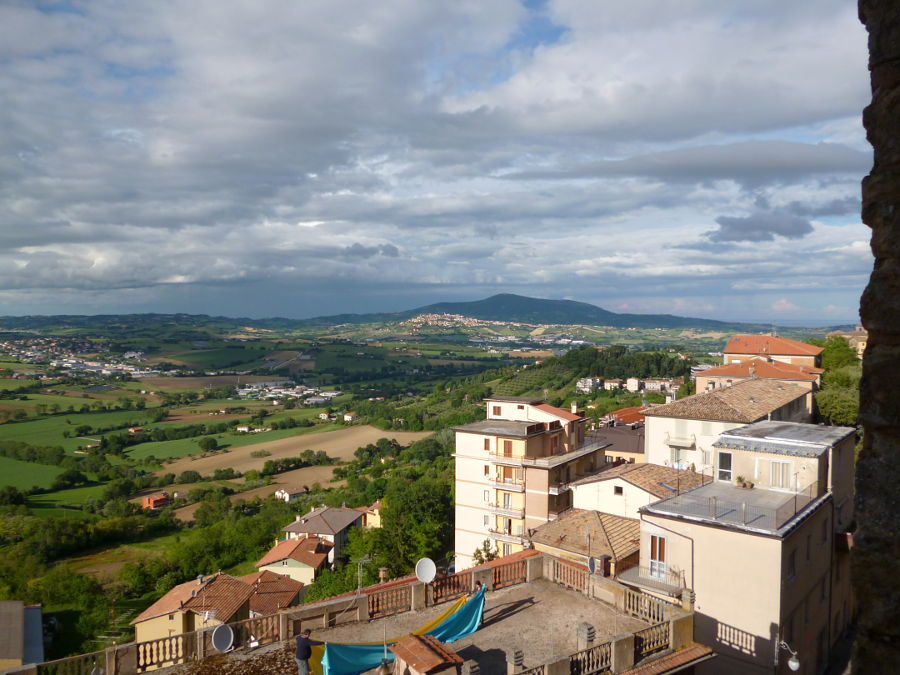
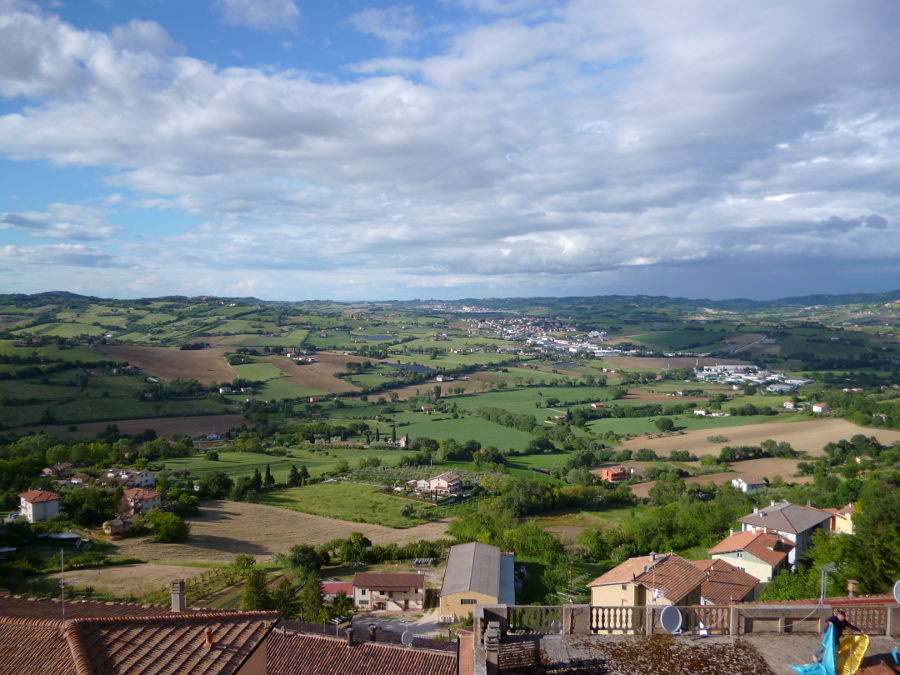
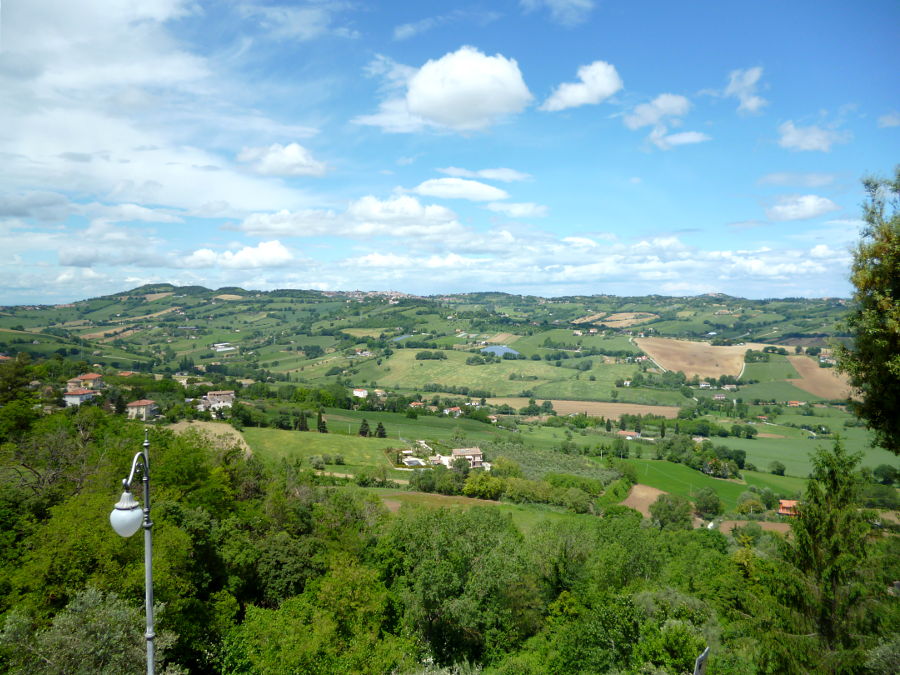
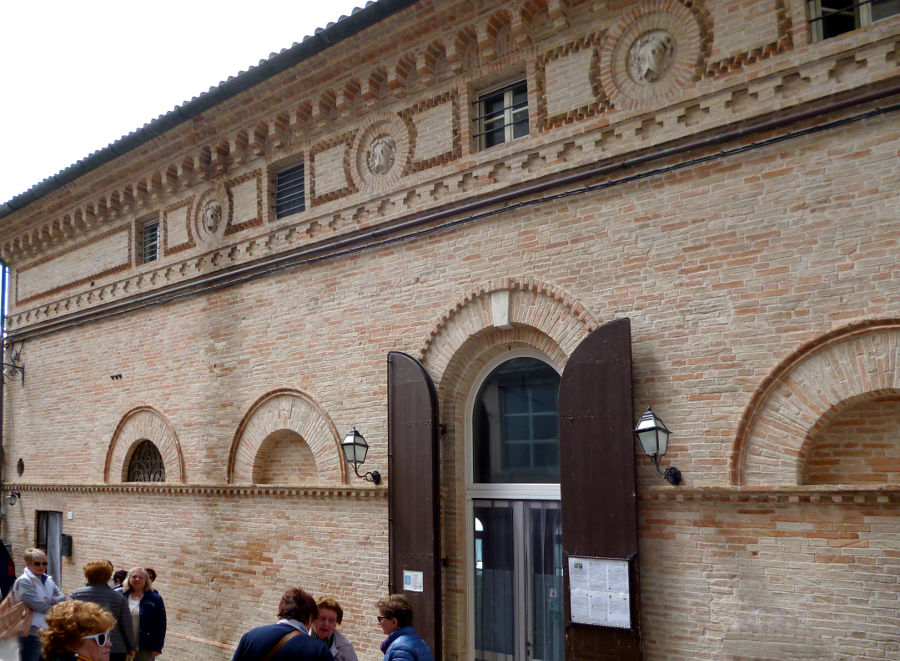
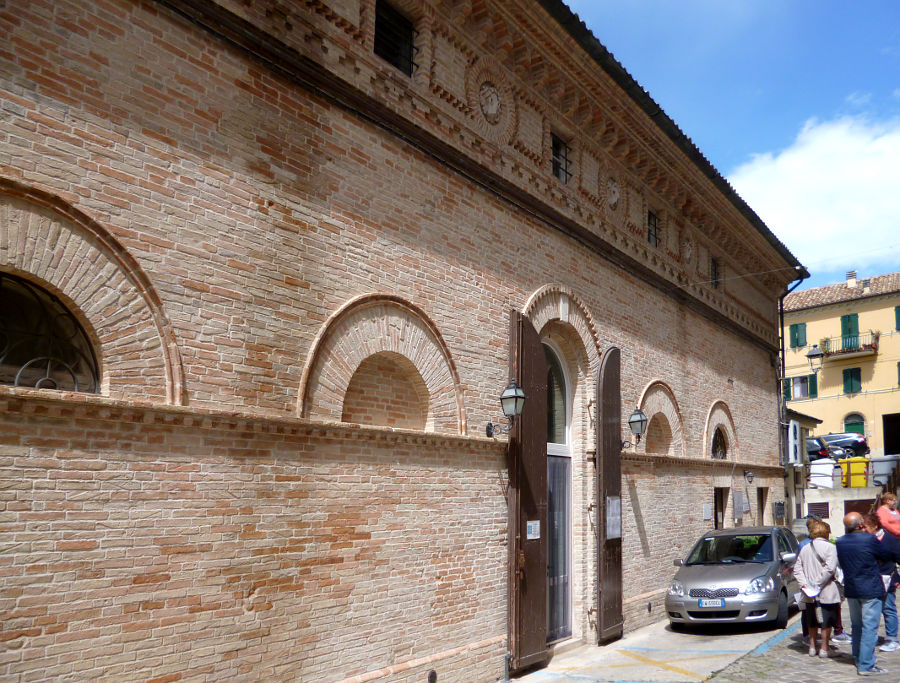
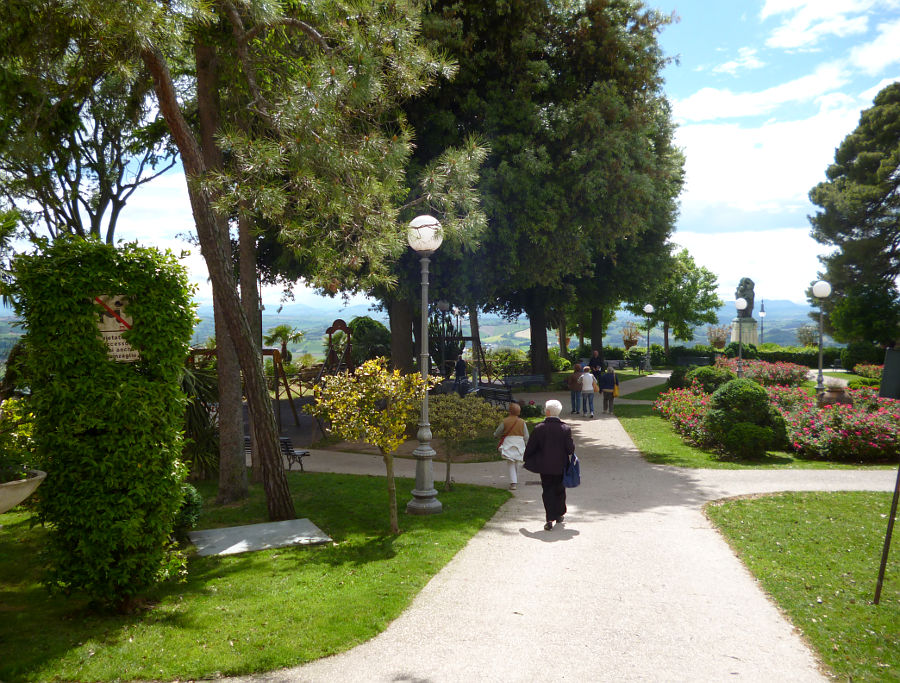
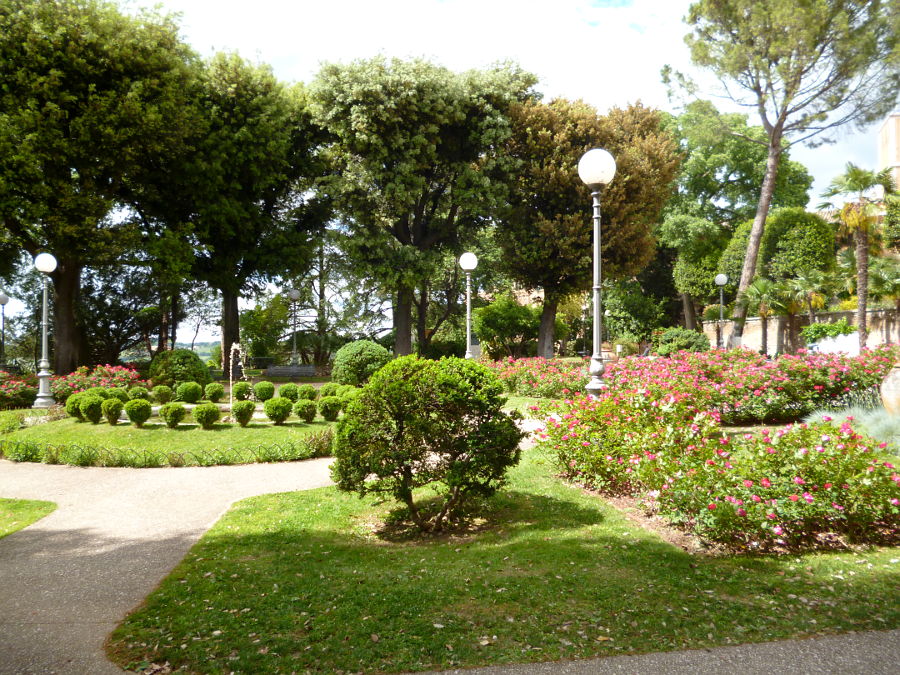
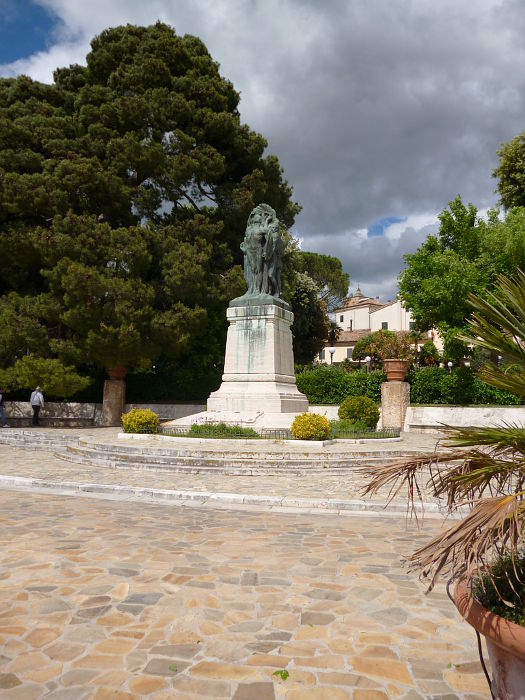
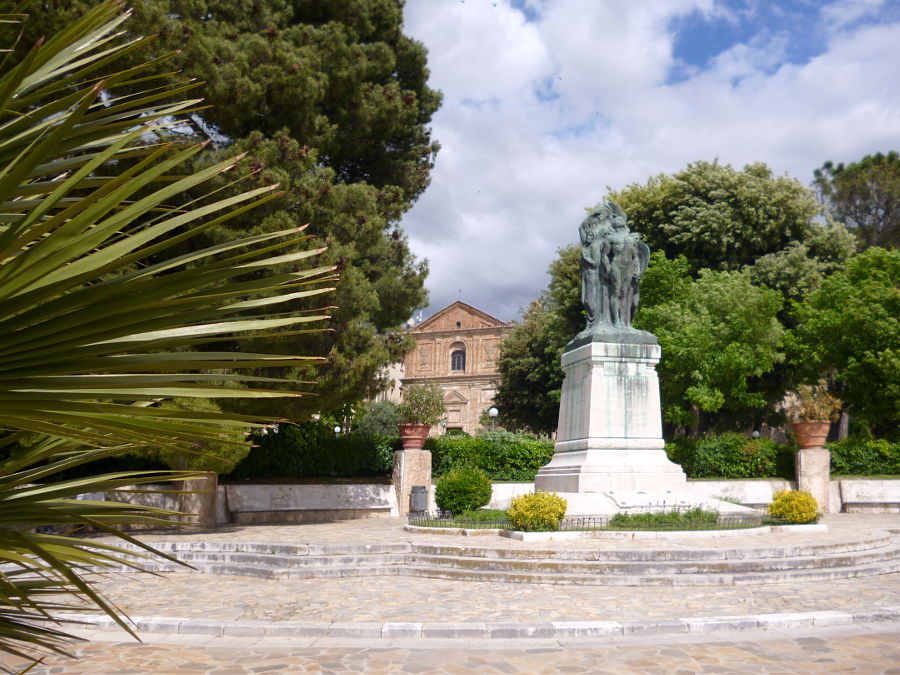


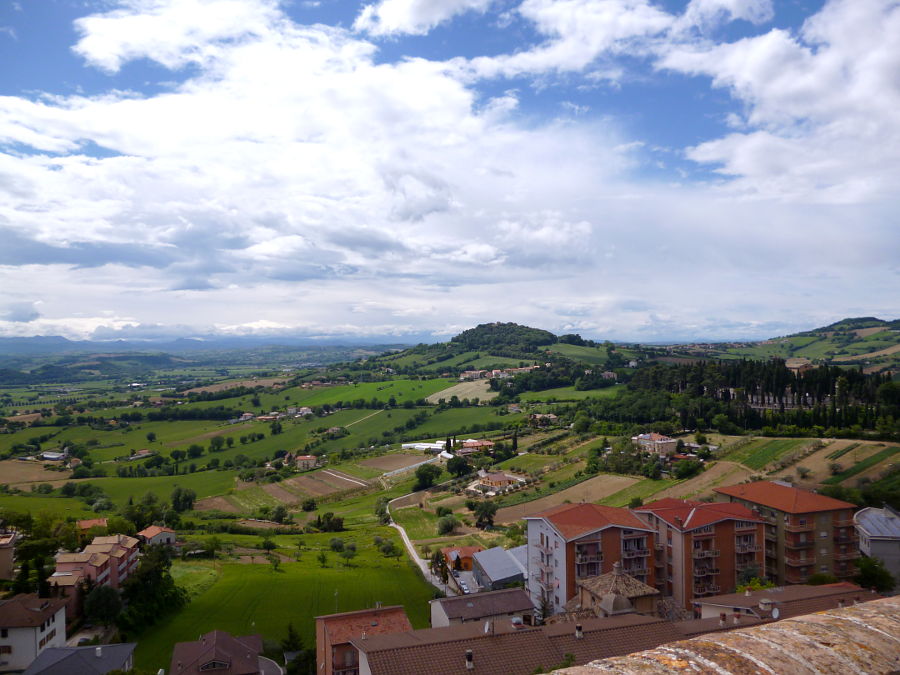
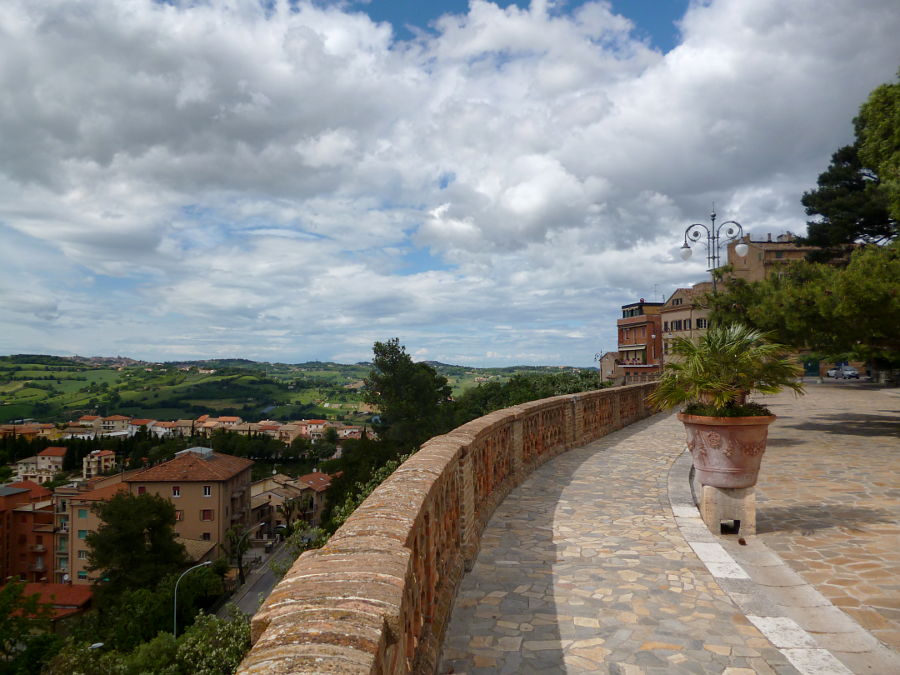
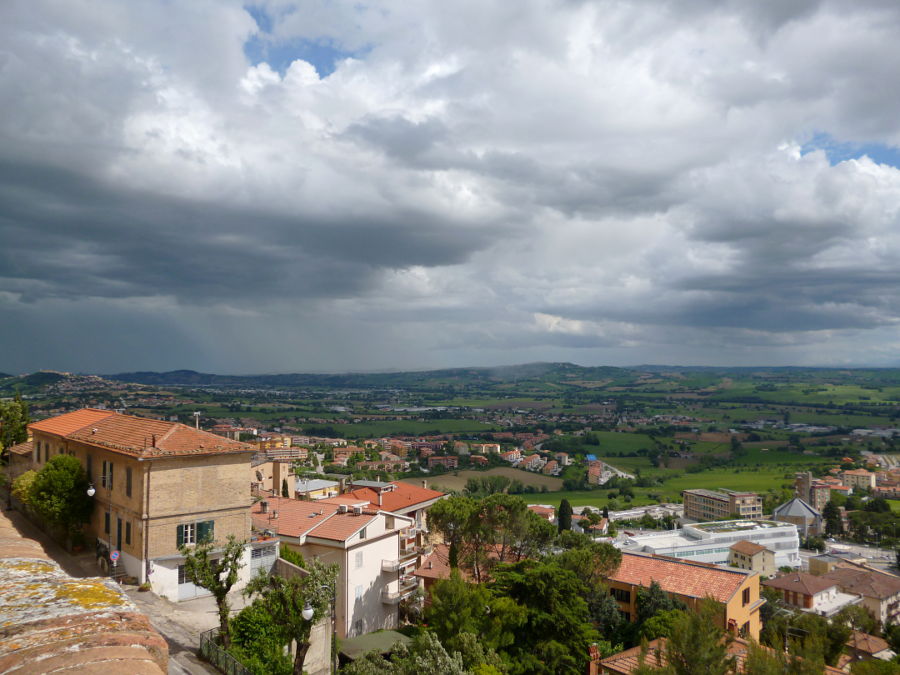
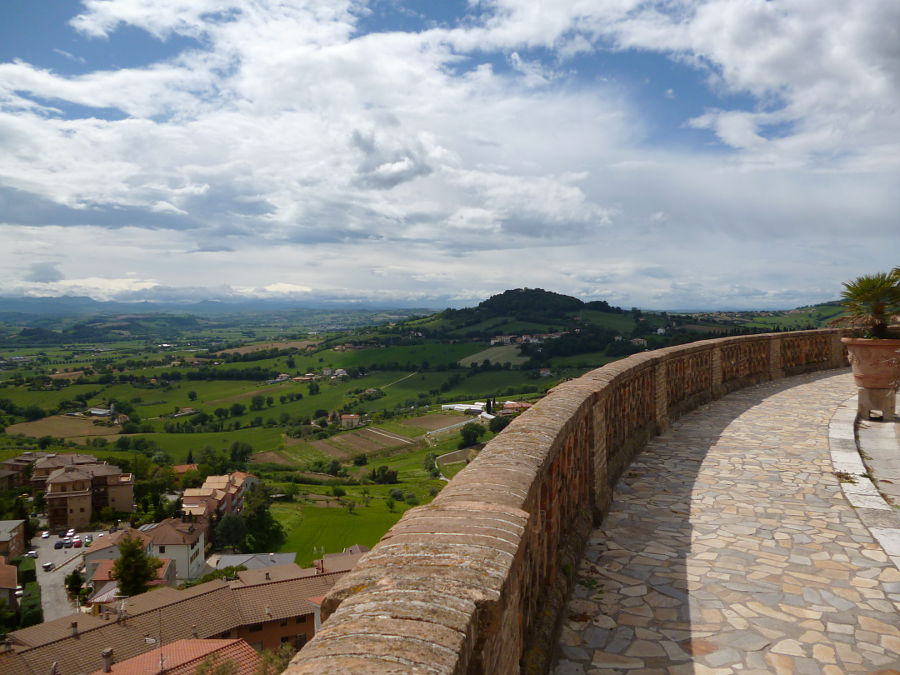
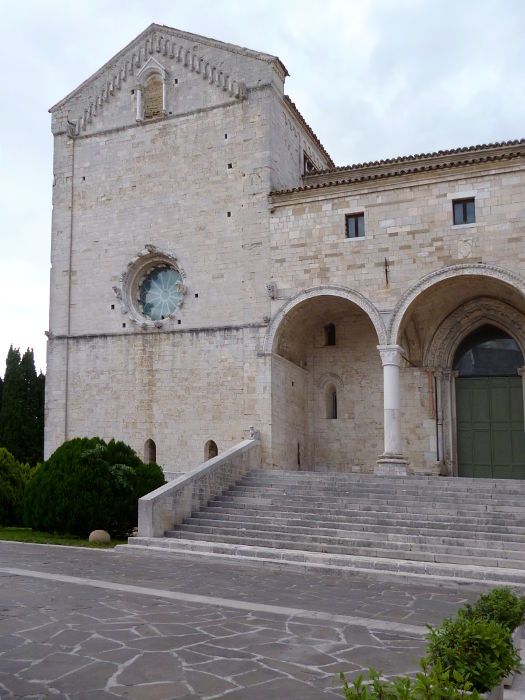
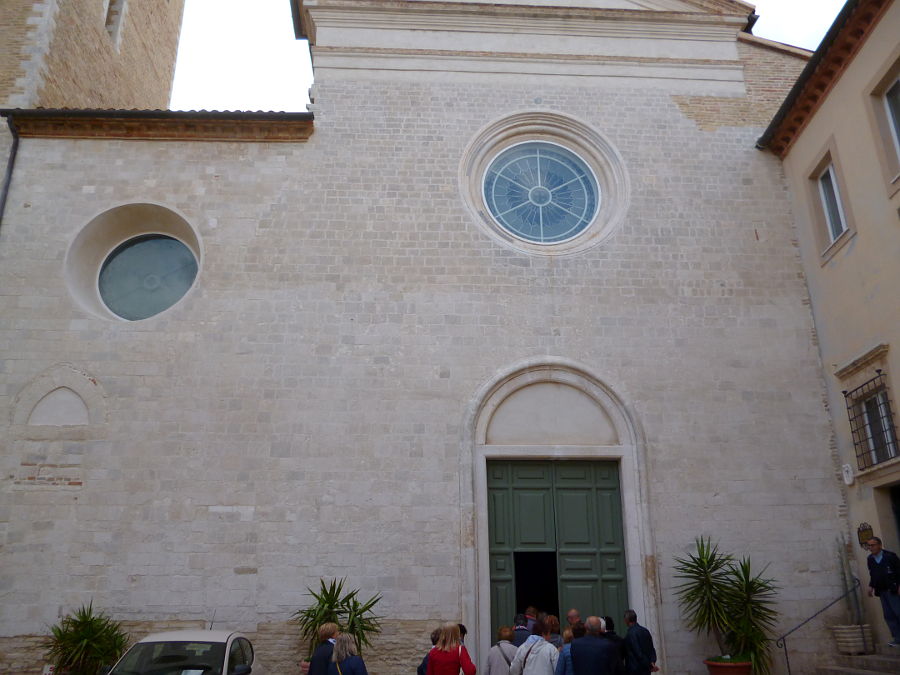
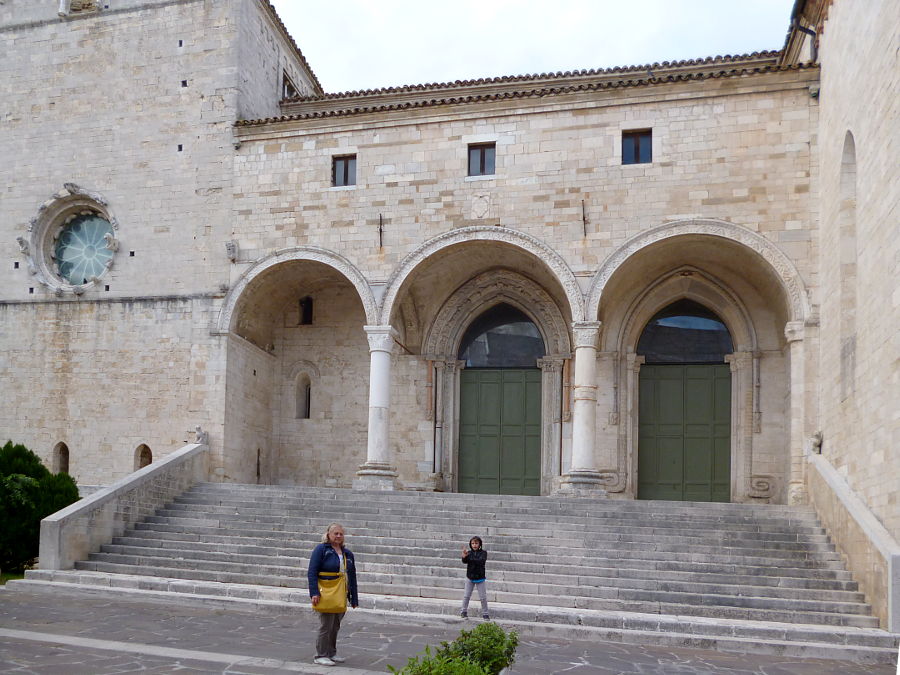
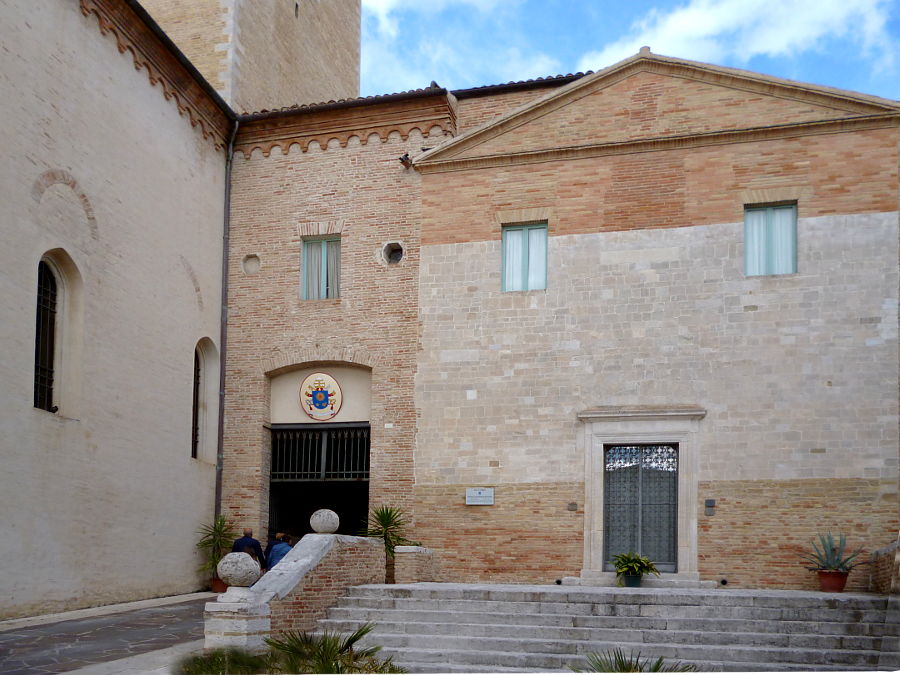
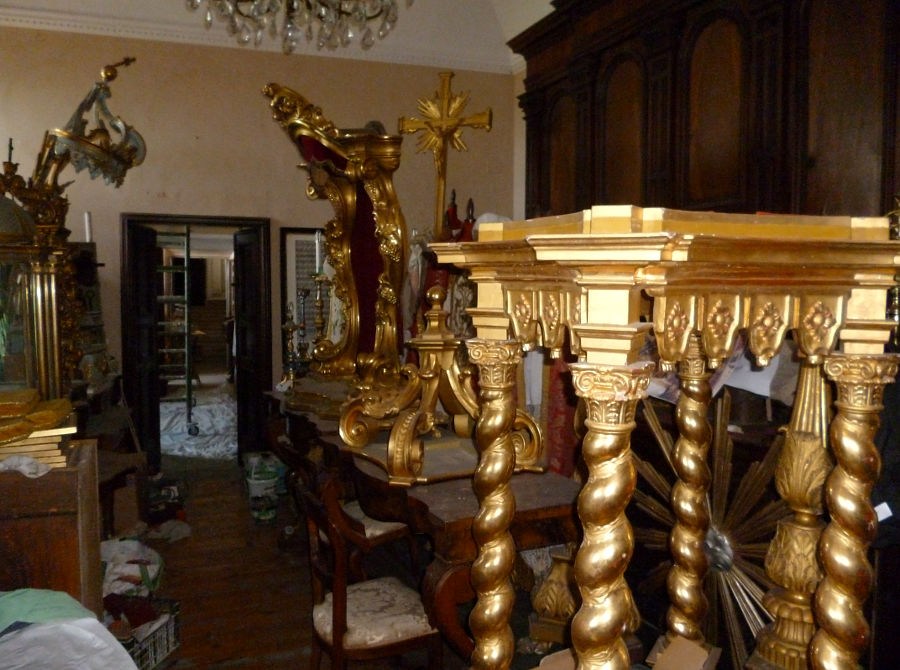

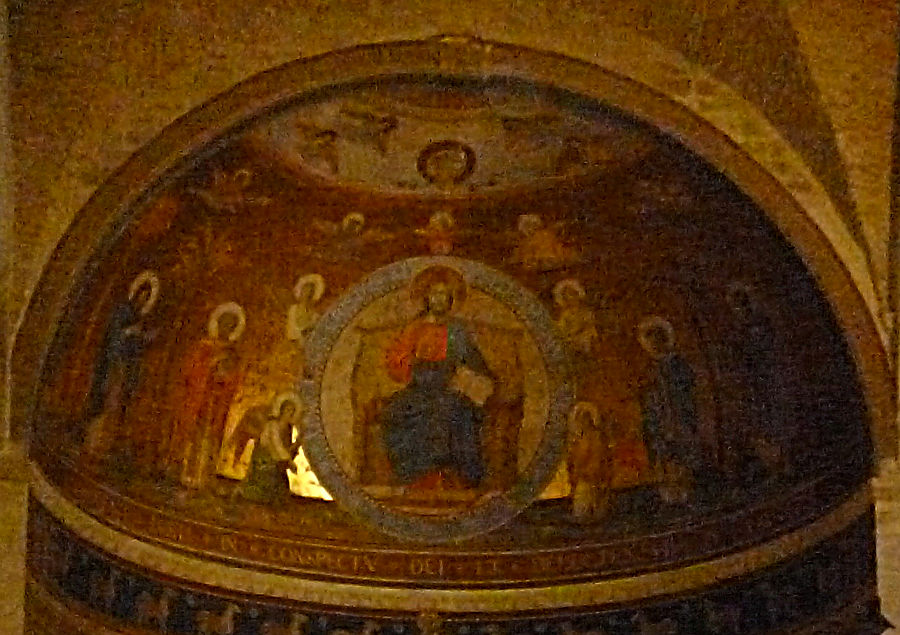
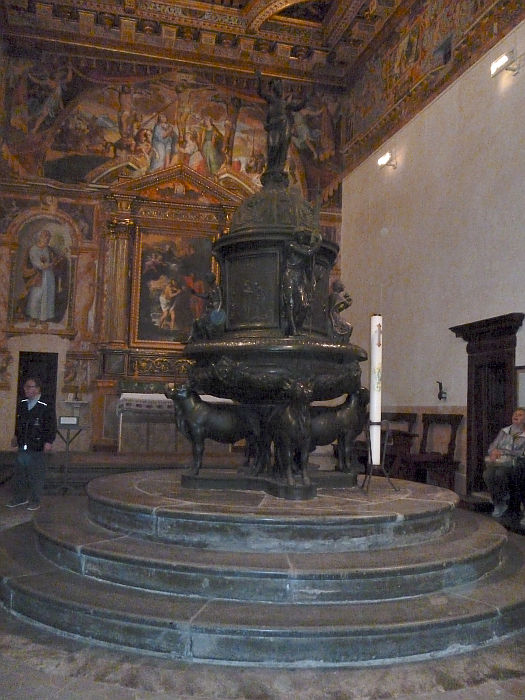
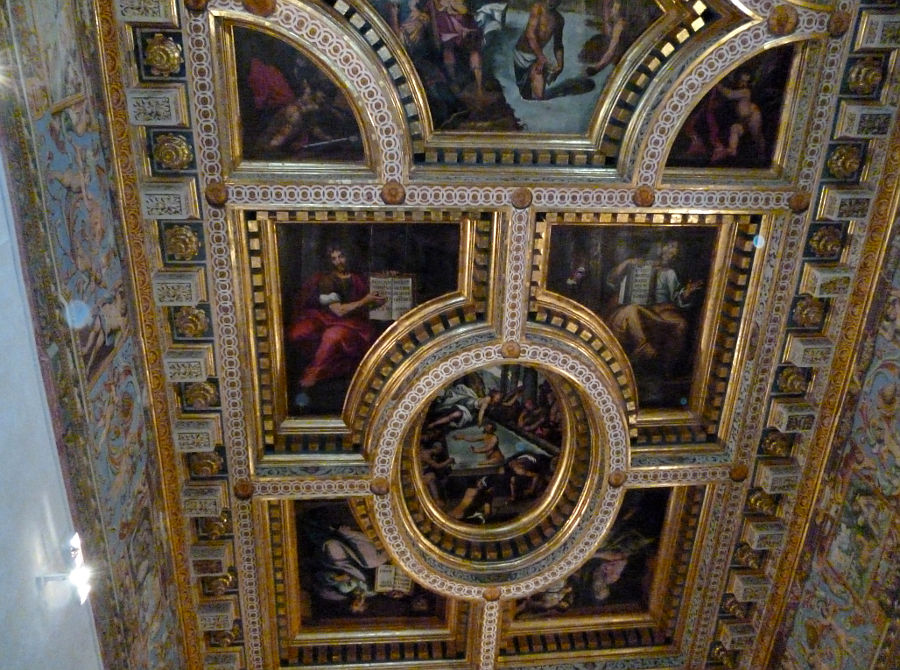
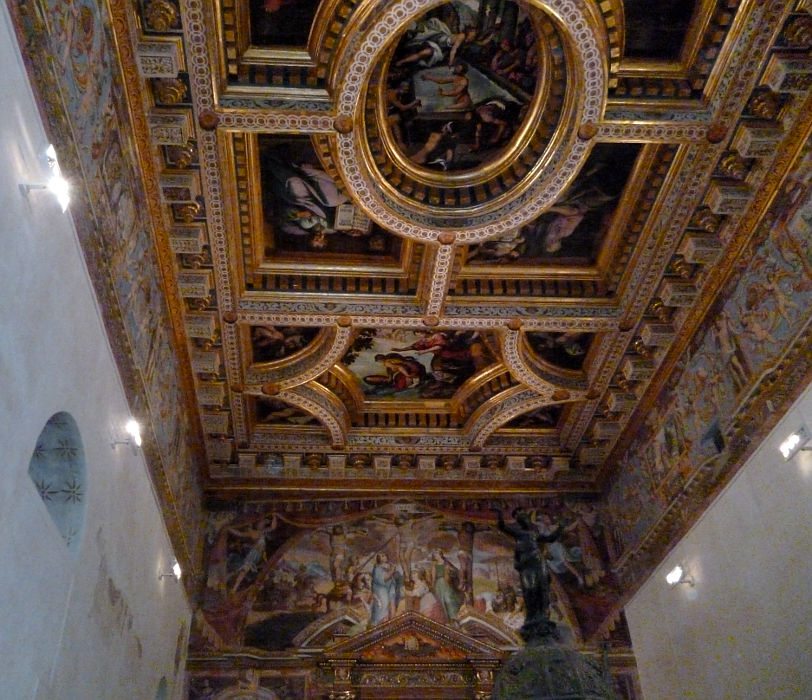
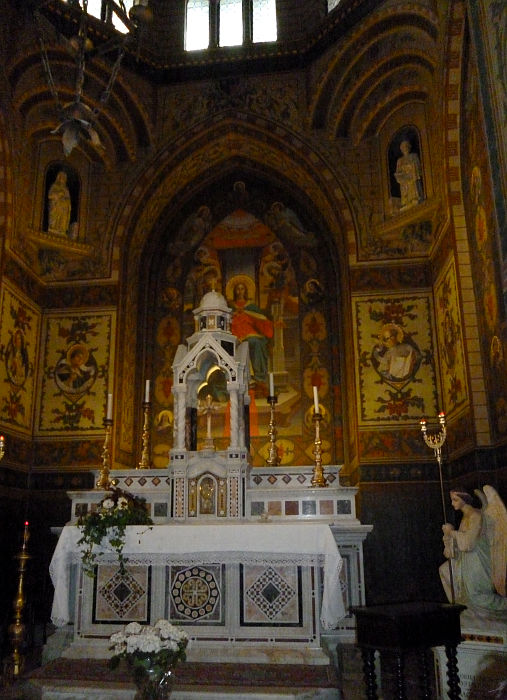

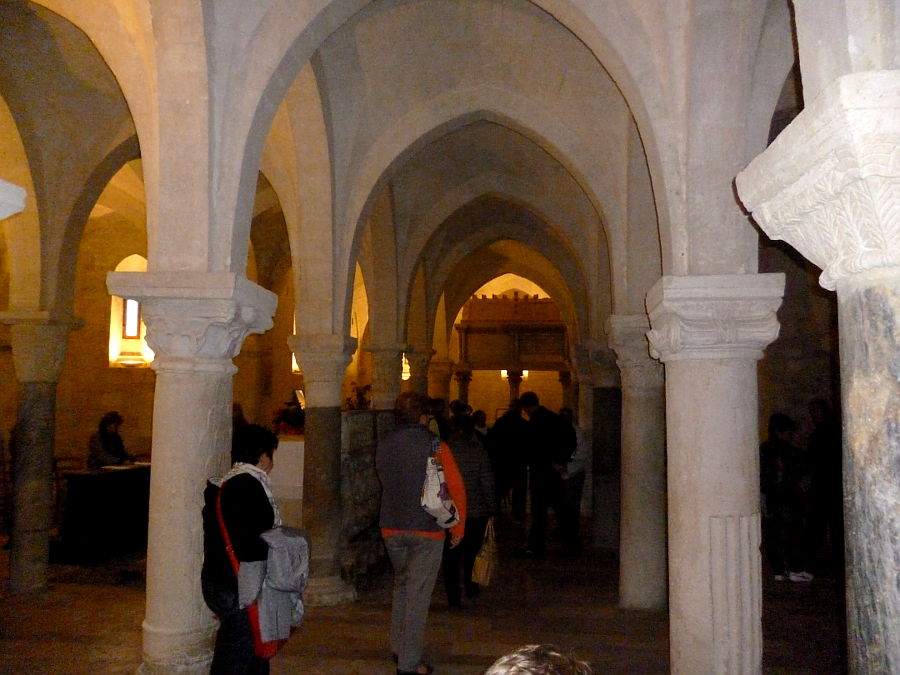
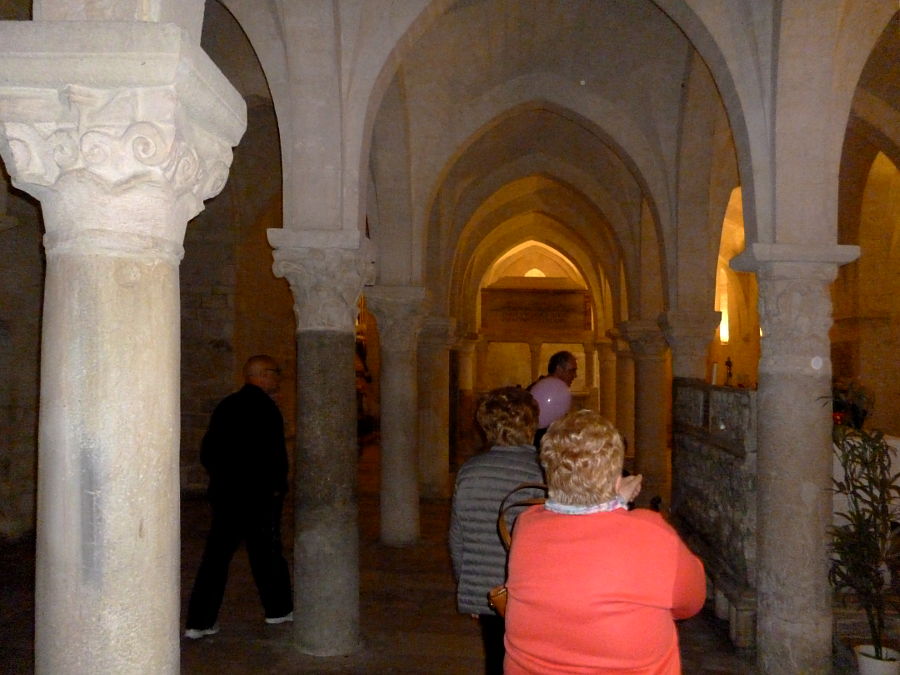
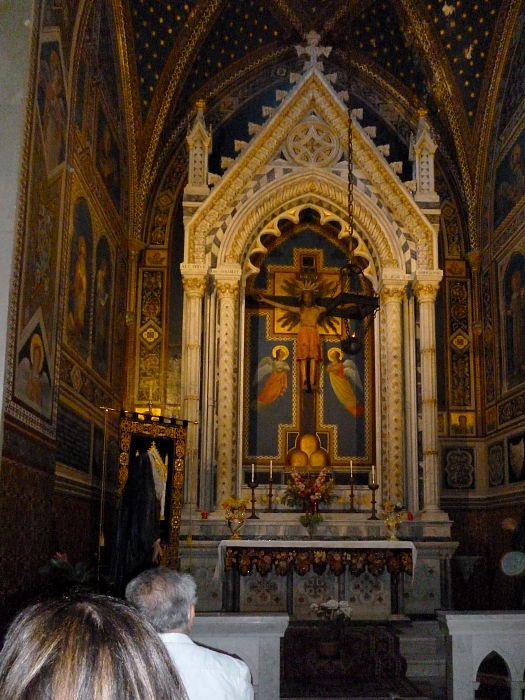
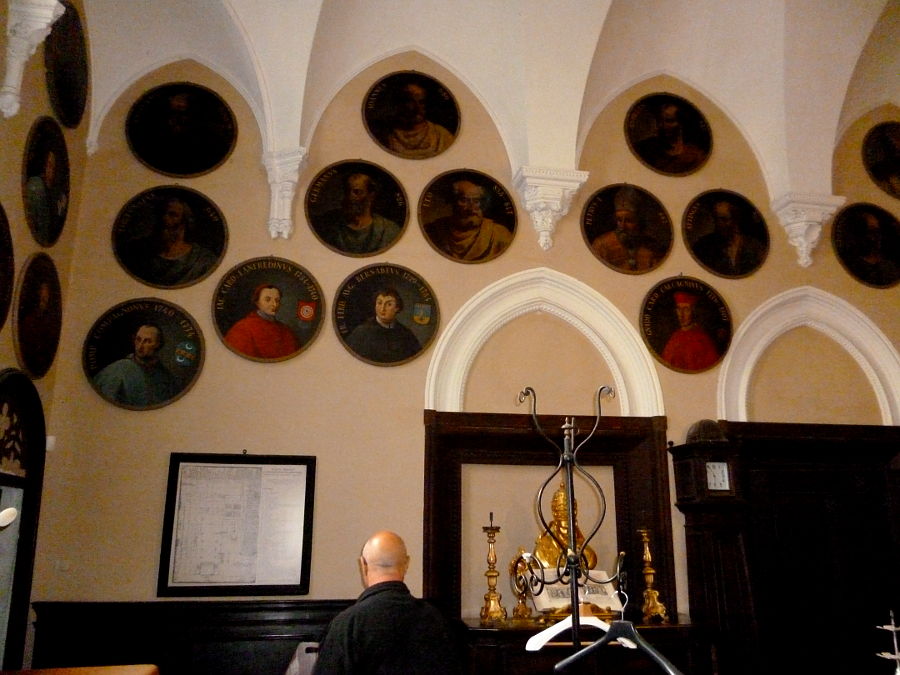
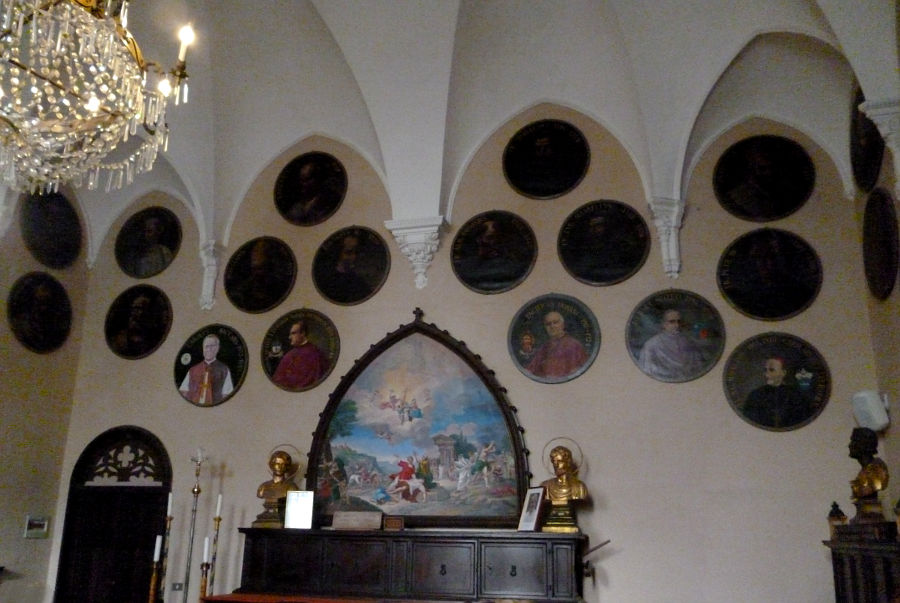
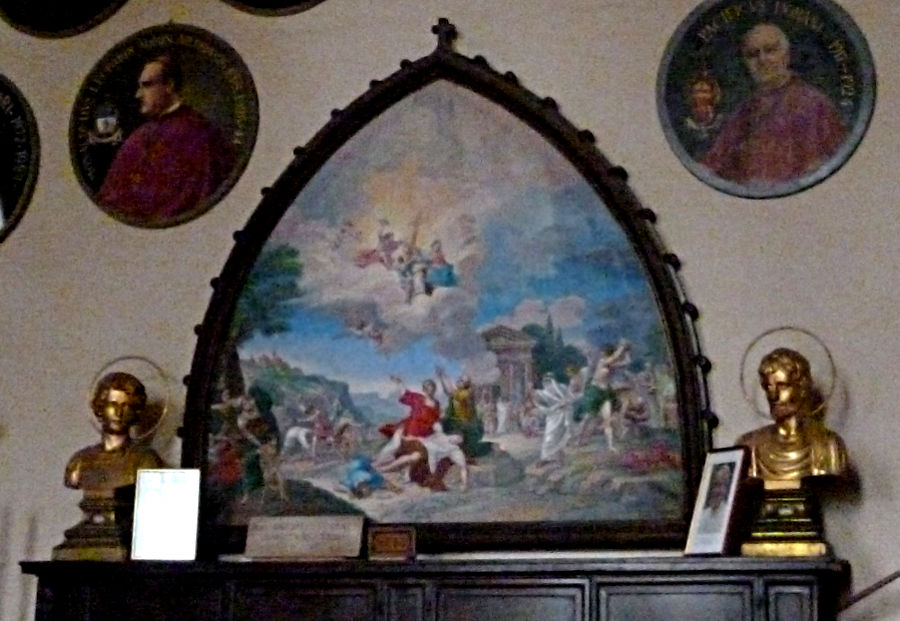
Il mio sito utilizza cookie di terze parti. Se vuoi saperne di piu', leggi qui. Per utilizzare i servizi č necessario acconsentire all'utilizzo.
 borgo-italiaspecial report |


|
|
| the cathedral of Osimo (Osimo (AN) - Marche) |
| text by: borgo-italia [only desktop] - photo by: Massimo Zani |





































|
|
|||||||||||||||||||||||||||||||||||||||||
the cathedral of Osimo |
|||||||||||||||||||||||||||||||||||||||||
|
Our friend Max shows us some landscapes around Osimo and then the cathedral of San Leopardo. He also suggests a visit of the town and a stop at the restaurant where he had dinner. |
|||||||||||||||||||||||||||||||||||||||||
|
|||||||||||||||||||||||||||||||||||||||||
|
A bit of history: Osimo
Cathedral of San Leopardo
For more info: Thanks to our friend Massimo for the permission of publishing his images |
|||||||||||||||||||||||||||||||||||||||||
|
text by: borgo-italia [only desktop] photo by: Massimo Zani Marche 1 - release date: 2018-05-26 |
|||||||||||||||||||||||||||||||||||||||||